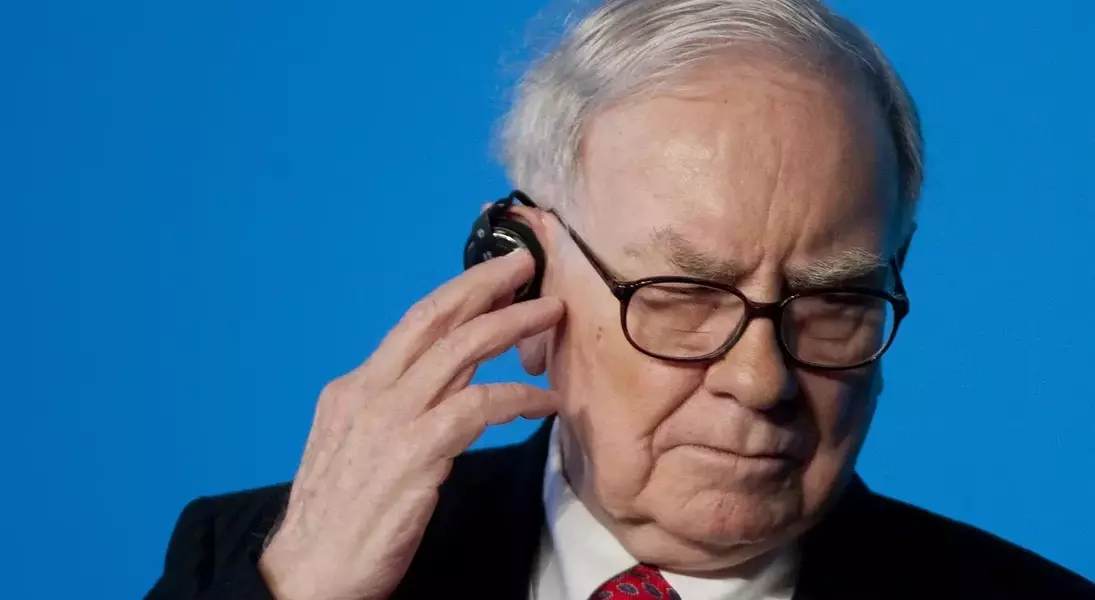
Warren Buffett, the iconic leader of Berkshire Hathaway, has long maintained a clear and consistent stance against stock splits. His philosophy centers on fostering a shareholder base that thinks like business owners rather than short-term traders. He believes that stock splits can inflate transaction costs, draw in speculative investors, and ultimately obscure a company's fundamental worth. However, Berkshire Hathaway has, on rare occasions, deviated from this strict policy to facilitate specific business objectives while striving to uphold its established investment principles.
Understanding Buffett's Approach to Share Division
For many years, Warren Buffett has openly expressed his reservations about dividing shares, emphasizing its potential negative impact on the company's investor community and overall market dynamics. He posited that such actions could encourage frequent trading, thereby increasing frictional costs for investors, and lure individuals more concerned with quick profits than with a company's inherent value. This approach, he argued, risks detaching the stock's market price from its true economic worth, undermining the stable, long-term ownership base that Berkshire Hathaway meticulously cultivated over decades.
Despite his general aversion, two significant instances saw Berkshire Hathaway undertake share division. The first occurred in 1996 with the introduction of Class B shares. This move was primarily to offer a lower-priced entry point for genuine long-term investors and to counteract the emergence of high-fee trusts mimicking Berkshire's portfolio. Buffett ensured these Class B shares, initially valued at approximately one-thirtieth of Class A shares (with reduced voting rights), maintained a substantial enough price to deter purely speculative buyers, thereby preserving the company's distinct shareholder culture.
A second notable event took place in 2010, involving a 50-for-1 split of the Class B shares. This strategic division was undertaken to finalize the acquisition of Burlington Northern Santa Fe (BNSF) railroad. Regulatory disclosures from Berkshire Hathaway explicitly stated that this split was a pragmatic measure to facilitate the acquisition, not a shift in Buffett's fundamental opposition to share divisions. This carefully managed exception underscored his commitment to strategic growth while maintaining the integrity of his long-held investment philosophy.
For those observing the investment strategies championed by Warren Buffett, a key lesson emerges: never mistake a reduced share price for an increase in intrinsic value. A stock split, while altering the number of shares and their individual price, does not fundamentally change a company's underlying business health or prospects. Its primary effect is often on investor psychology and trading patterns. Buffett consistently advocates for focusing on a company's enduring fundamentals over fleeting market impulses. Moreover, the careful implementation of a dual-class share structure by Berkshire Hathaway demonstrates a sophisticated strategy to broaden investor access without compromising the foundational principles that attract and retain long-term, 'business-owner' oriented shareholders.
